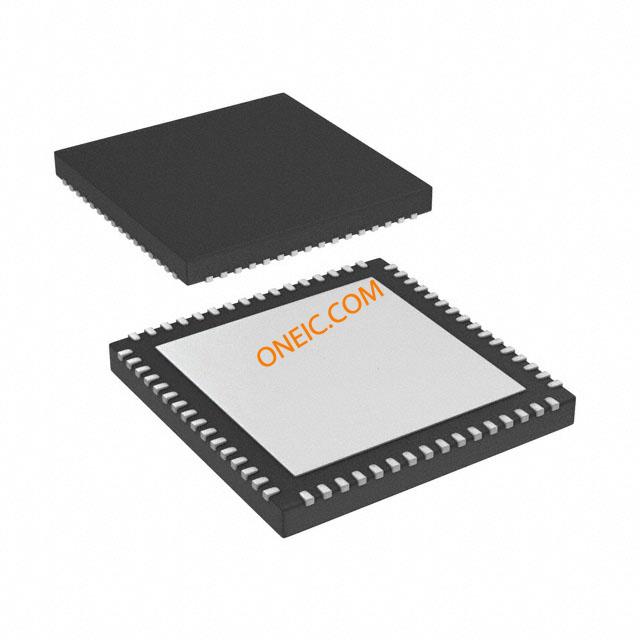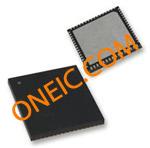PIC32MX675F256H-80I/MR
32-bit microcontrollers with 256KB Flash, USB, and 64KB RAM
Manufacturer: microchip
series introduction
# PIC32MX675F256H - 80I/MR Product Series Introduction
## 1. Overview
The PIC32MX675F256H - 80I/MR is a high - performance microcontroller product series from Microchip Technology. It belongs to the PIC32MX family, which combines the power of a 32 - bit architecture with the simplicity and cost - effectiveness typically associated with 8 - bit and 16 - bit microcontrollers. This series is designed to meet the diverse needs of various embedded applications, offering a rich set of features and capabilities.
## 2. Key Features
### 2.1 Processor Core
- **32 - bit MIPS M4K Core**: The PIC32MX675F256H - 80I/MR is powered by a 32 - bit MIPS M4K core. This core provides high - performance processing capabilities, with a maximum operating frequency of 80 MHz. It can execute complex algorithms and handle multiple tasks simultaneously, making it suitable for applications that require real - time processing, such as industrial control systems and automotive electronics.
- **Harvard Architecture**: The use of a Harvard architecture allows for separate instruction and data buses. This enables concurrent access to program memory and data memory, significantly improving the overall performance of the microcontroller. It can fetch instructions and access data at the same time, reducing the execution time of programs.
### 2.2 Memory
- **Flash Memory**: It comes with 256 KB of in - system programmable flash memory. This non - volatile memory is used to store the program code of the application. The in - system programmability feature allows developers to update the firmware of the microcontroller without removing it from the circuit board, which is very convenient for product development and maintenance.
- **SRAM**: The microcontroller has 64 KB of static random - access memory (SRAM). SRAM is used for storing data during the execution of the program. The relatively large amount of SRAM provides sufficient space for variables, buffers, and stack operations, enabling the implementation of complex algorithms and data - intensive applications.
### 2.3 Peripherals
#### 2.3.1 Communication Interfaces
- **USB 2.0**: The PIC32MX675F256H - 80I/MR supports USB 2.0 full - speed communication. This interface can be used for various purposes, such as connecting the microcontroller to a PC for data transfer, firmware updates, or as a human - interface device (HID). It simplifies the development of applications that require communication with a host computer.
- **Ethernet**: It is equipped with an Ethernet MAC (Media Access Controller) with built - in PHY support. This allows the microcontroller to connect to a local area network (LAN) or the Internet. Applications such as network - enabled sensors, industrial monitoring systems, and home automation devices can benefit from this feature.
- **UART, SPI, and I²C**: These standard serial communication interfaces are also available. UART (Universal Asynchronous Receiver - Transmitter) is commonly used for asynchronous serial communication, such as communicating with other microcontrollers or serial devices. SPI (Serial Peripheral Interface) is a high - speed synchronous serial interface, suitable for communicating with external devices like sensors and memory chips. I²C (Inter - Integrated Circuit) is a multi - master, multi - slave serial communication protocol, often used for connecting low - speed devices such as EEPROMs and sensors.
#### 2.3.2 Timers and Counters
- Multiple timers and counters are integrated into the microcontroller. These can be used for a variety of functions, such as generating accurate time delays, measuring time
Images for reference

64-VFQFN Exposed Pad

64-QFN

Image Preview